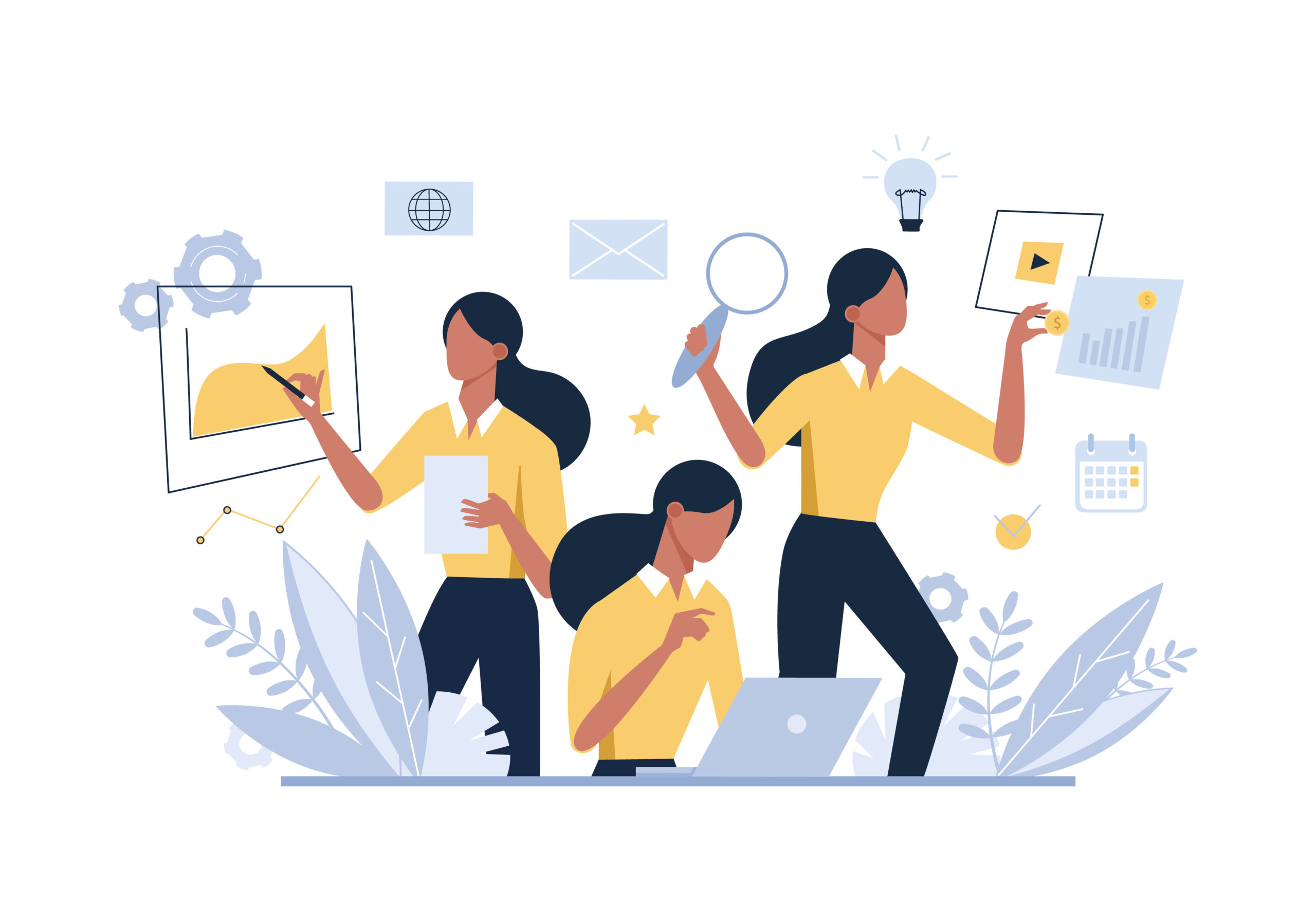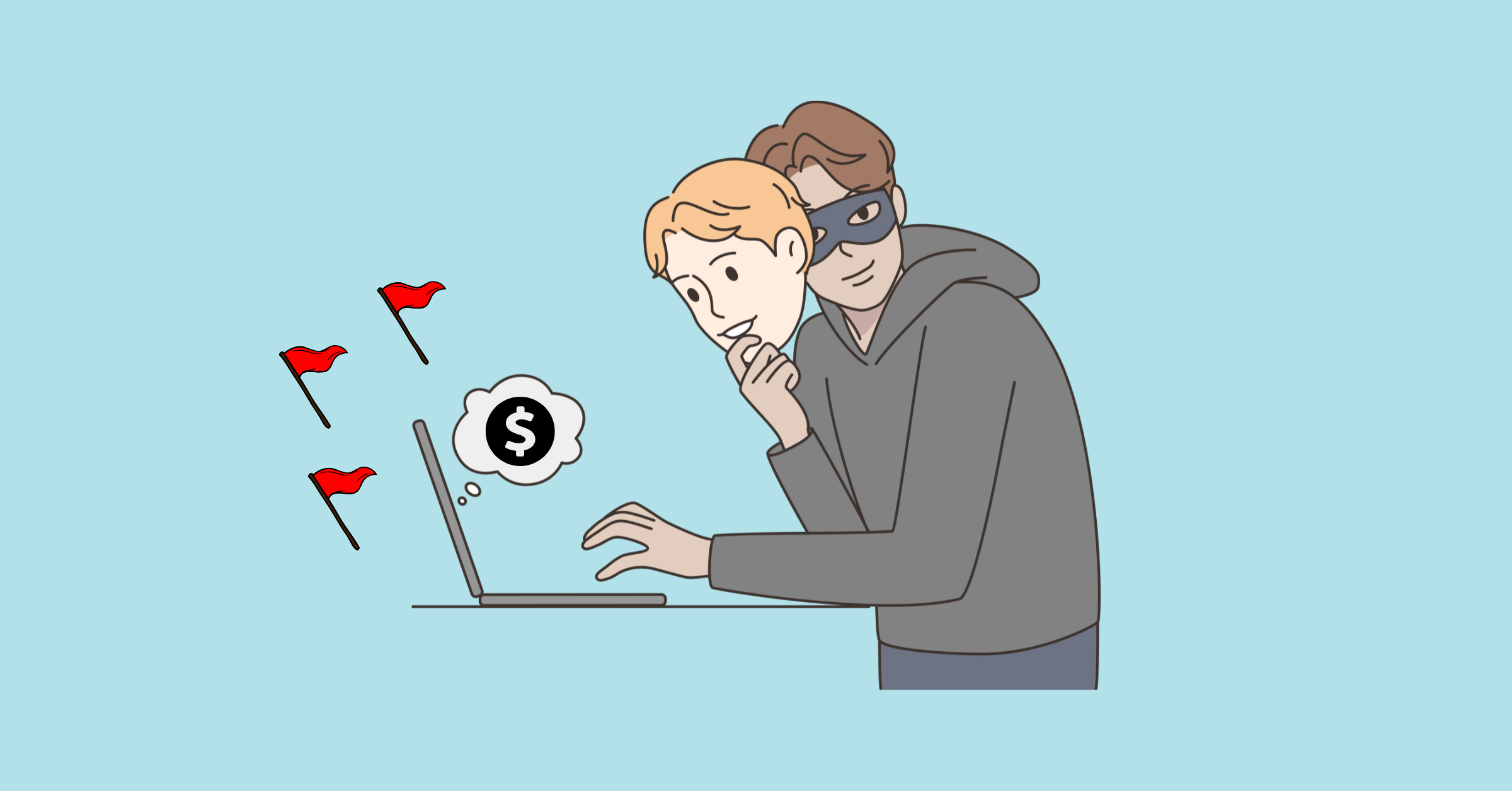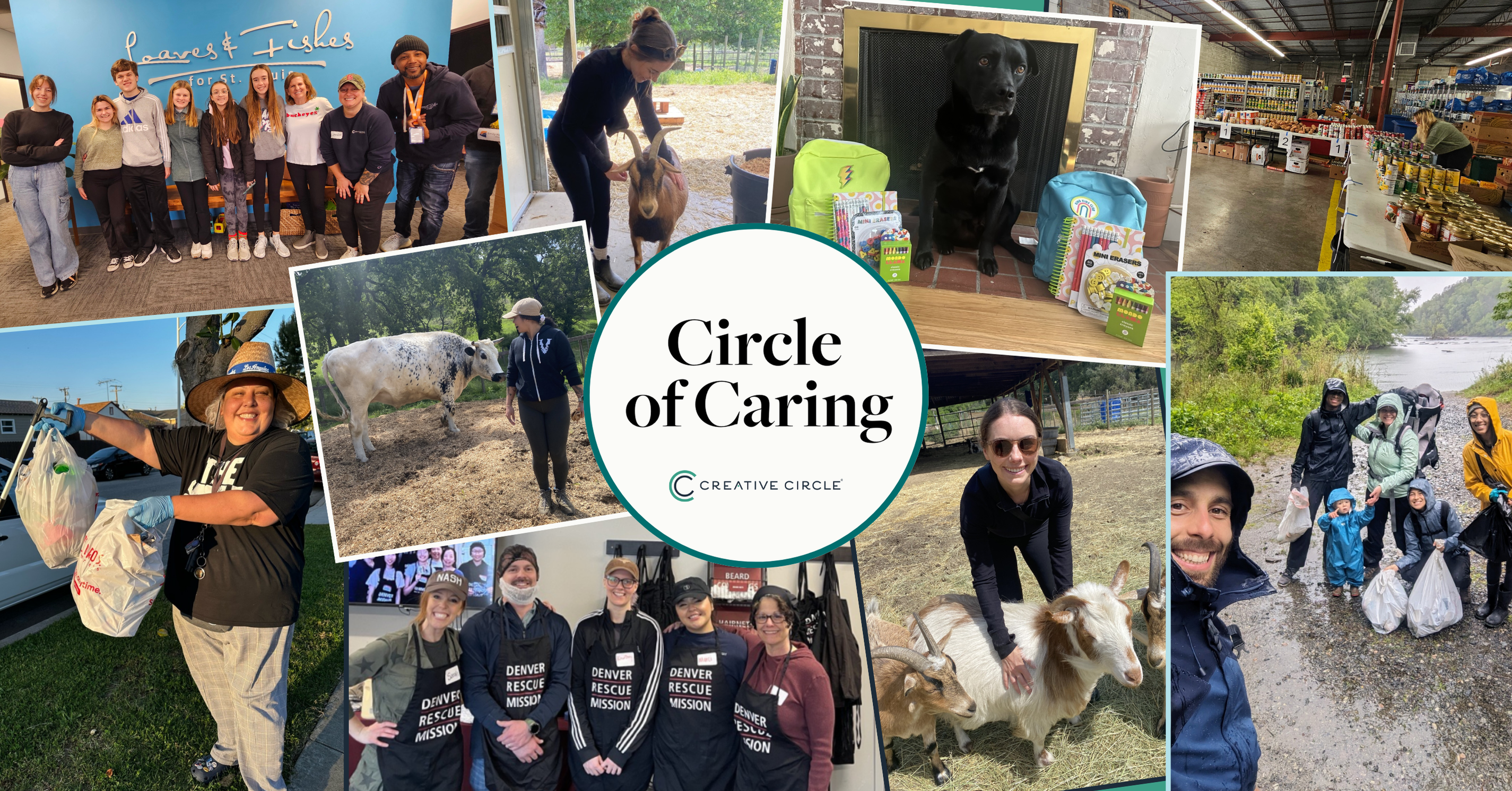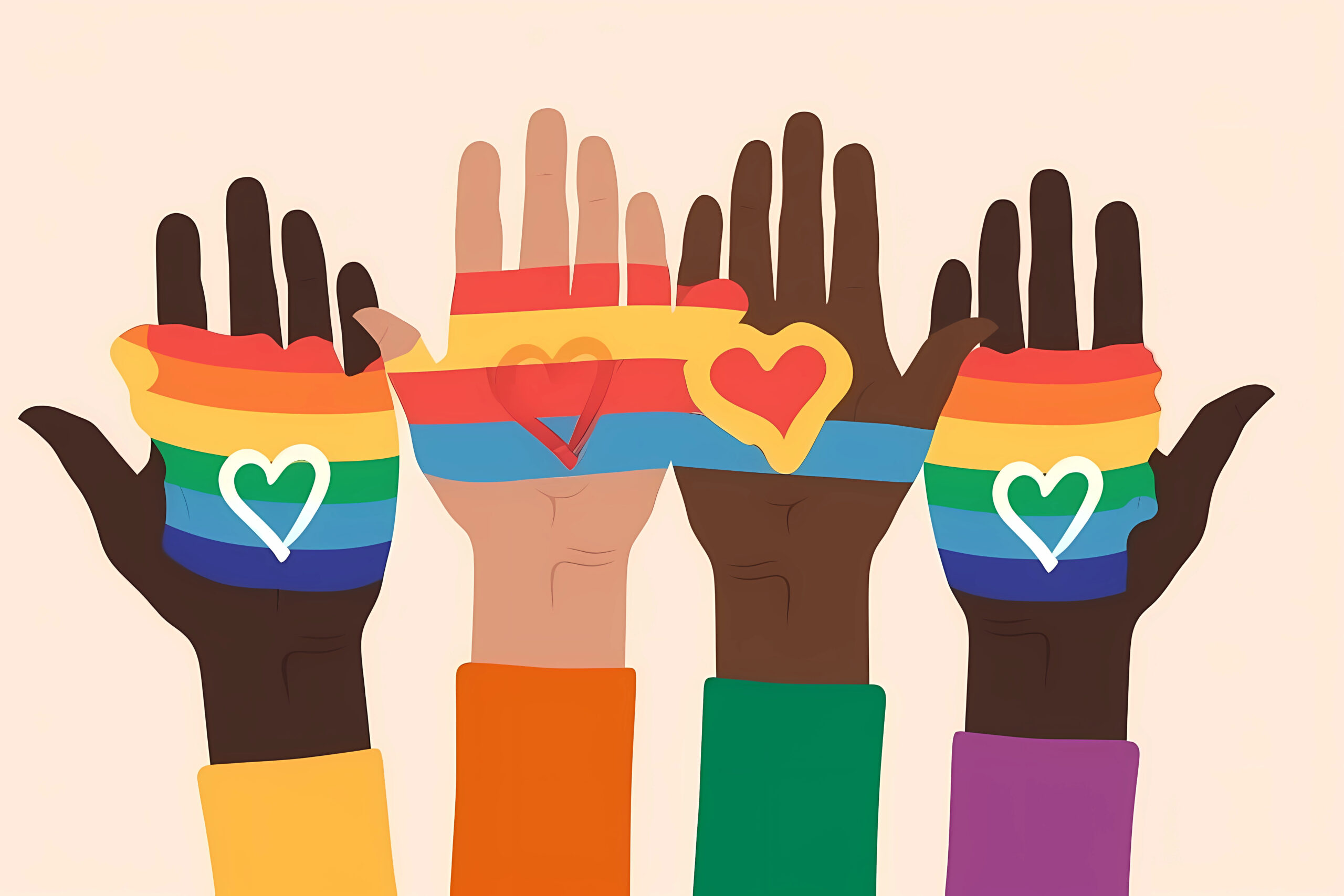Monotasking is the practice of eliminating distractions to focus on a single task for a specified amount of time. Essentially, monotasking is for every human trying to be productive in this digital age, but I’d like to talk about monotasking for creatives, and those with Attention-Deficit/Hyperactive Disorder (ADHD).
I first learned about monotasking through a CreativeMornings event hosted by Cave Day about a year before the pandemic. Thankfully, I started practicing monotasking on my own during the pandemic and highly recommend everyone to try it.
ADHD and Creatives
Caterina Gawrilow and Sara Goudarzi from Scientific American write, “Two core symptoms, inattention and impulsiveness, suggest a connection between creativity and ADHD. Inattention, which occurs more frequently in those affected with the disorder, likely leads to mind wandering, or the drifting of thoughts from an activity or environment. Such drifting can lead to new, useful and creative ideas.”
As a creative with ADHD, I struggle daily with daydreaming and a lack of motivation. I struggle to do tasks I have zero interest in doing. I call them loathful tasks, which typically relate to finances, taxes, insurance, business expenses, etc.
It’s not that I don’t understand or comprehend loathful tasks; it’s that I don’t feel energized while doing them. The only positive I get is in the completion, and the more I procrastinate, the greater joy I have when it’s done. Completing an enjoyable task feels like getting a raise. Completing a loathful task feels like getting your teeth cleaned. Is it necessary? Sure. Did it fuel me with more energy or happiness? Not exactly.
Although, it’s worth mentioning that nearly 20 years after being diagnosed, I no longer feel my ADHD is a flaw; it is my superpower. Kristin Wilcox Ph.D. agrees in her article, The Link Between Creativity and ADHD, published on Psychology Today, she wrote, “Creativity is one of the superpowers of ADHD, and a lot of human progress has been thanks to “outside-the-box” thinkers.”
How do I monotask?
For context, I work remotely, usually at home with my dog and without humans present. I know this makes things a bit easier for me than others, but I recommend scheduling at least one hour a week to increase productivity. A productive session of monotasking means doesn’t always mean completing the task I set out to do, but knowing I got more done in that session than if I hadn’t blocked out distractions is how I determine success. There are a few necessary steps I adhere to for monotasking effectively:
Why it’s so important for creatives?
Monotasking is great for all types of tasks, but when I need to gather information to send to my accountant during tax season, it’s exactly what I need.
Creating a mood board, choosing swatches, selecting a typeface, or building a layout are creative tasks that I often deem more enjoyable and inspiring. It is not uncommon for a creative to simultaneously work on a handful of creative tasks and feel energized.
Personally, I can maintain attention on creative tasks, but when I need to gather information to send to my accountant during tax season, I’m basically a toddler repeatedly asking, “why?”
I’ve had numerous conversations with peers, colleagues, and other creatives at networking events revolving around the unexpected parallels of “easlily inspired” and “struggle to focus.” My theory is, creatives produce ideas daily, making us more adept at looking and thinking outside the box, therefore, more susceptible to distractions (i.e. procrastinating loathful tasks). Monotasking is key for removing distractions to achieve clarity and focus.
Whether you’re creating a new brand identity for a client or preparing for tax season, monotasking is a great tool for productivity.
Before monotasking…
Scheduling
I decide how much time I need (anywhere from 45 minutes – 3 hours), and I block off my calendar. If you’re in an open office, I suggest booking a conference room or using headphones. You could consider having a sign at your desk that signals to coworkers you’re “in the zone,” asking them to only interrupt if necessary.
Preparing
I consider if there is anything I’ll need before getting started (files or information from another person, supplies from the store, etc.). Anything that will put a wrench in my productivity.
Bonus points if you are lucky enough to find a coworker who wants to monotask with you that helps with accountability. Working remotely, you’d be surprised at how powerful a video call without conversing can be for monotasking.
At the beginning of my monotasking session…
Phone (MOST important!)
I put my phone out of sight and on silent. I’ve found it’s best to charge my phone in another room. Occasionally, depending on what I’m working on, I may need it nearby for secure logins, but as long as it’s out of view, it makes all the difference to my productivity.
Do not disturb
I enable do not disturb on my laptop (and iPad, if I’m using it), so notifications will be silenced. I’ll even quit Slack or any apps that I won’t need and may send a notification. I know there are options to create customized focus settings on the Mac OS, but I haven’t advanced to that level yet.
Noise
I work best with background noise to drown out any other noises that may interrupt me, and I prefer listening to catchy music without lyrics. Two of my go-to playlists on Spotify are Jazz in the Background and Bridgerton. My favorite way to listen to music is to play from a speaker across the room, not from my device, because it feels like I’m in a different space, like a coffee shop. Of course, if I work in a public, I use headphones.
Timer
I purchased this hexagon clock/timer for my desk that, when turned to a specified side (5, 15, 30, 45, or 60 minutes), the timer will start counting down. I don’t do well with a countdown in my field of vision, so I typically face it away from me or put it behind me.
If I’m trying to focus for a longer session, I’ll set the time for 60 minutes of focus time, followed by a 15-minute break, then another 45-minute focus. There are variations depending on how much time I have, but I always try to work in a break for sessions that are an hour or more.
During monotasking…
If an unrelated task, idea or thought pops into my head that I also need to do, I write it down in the notebook next to me. This way, I don’t stress about trying to remember. At the end of the session, I will go through every note I made, ADHDing it to the necessary task list, doc or browser tab.
In conclusion
Monotasking is a game-changer for me. I think most creatives can relate to being easily distracted, then frustrated by the distractions and endlessly disappointed in ourselves for the lack of productivity in a day. Each day I successfully execute a session for monotasking, I feel good about myself because I can live in the moment when I’m having drinks with a friend or dinner with family instead of feeling guilty that I haven’t sent in my expense reports yet.
About the author.
Kristi is a freelance Art Director & Brand Designer. Her work is playful, yet organized. She enjoys working with contrasting elements. When she’s not working, she’s usually out and about with her dog, Mila, spending quality time with loved ones and traveling.
View her work at kristidoran.com.



